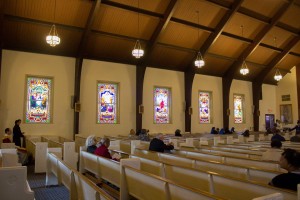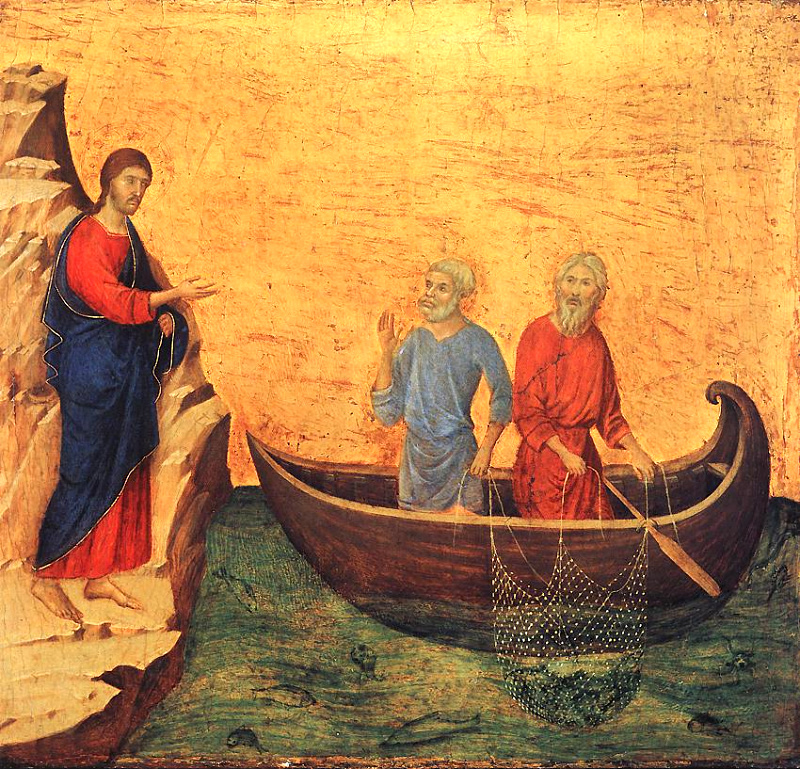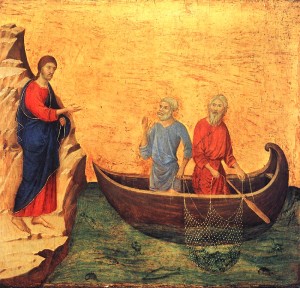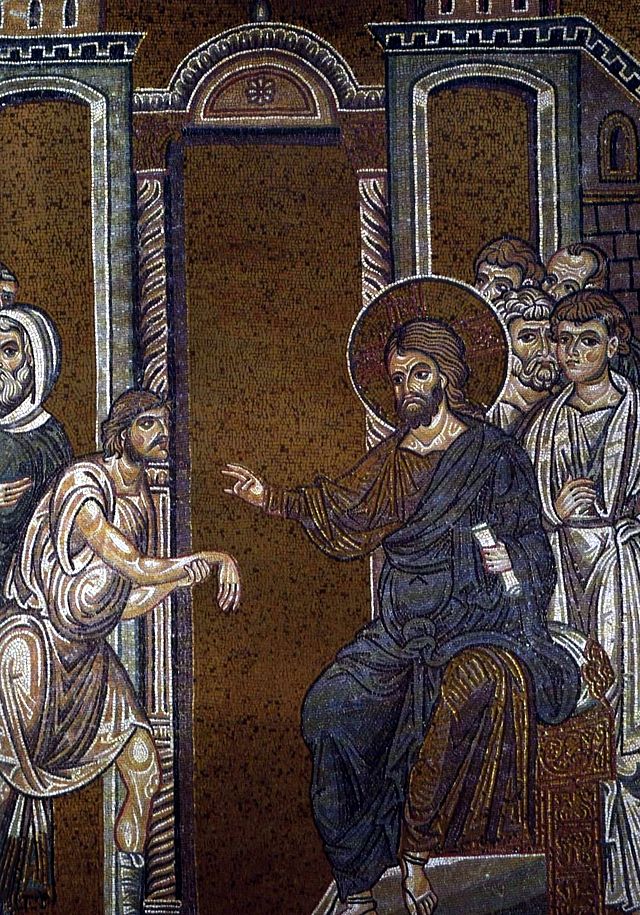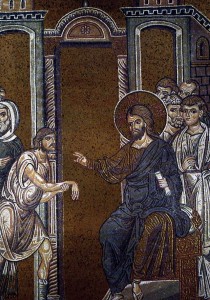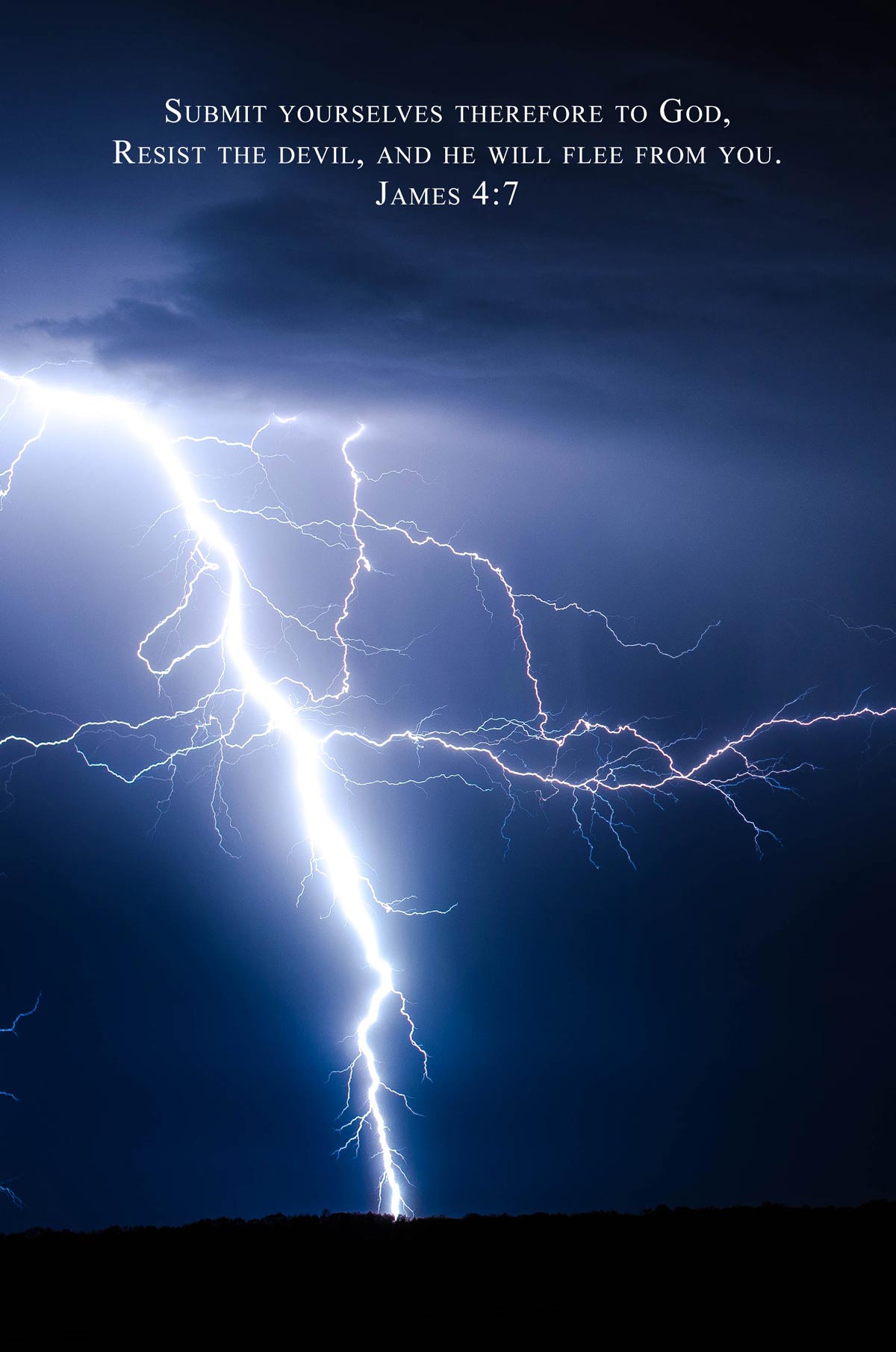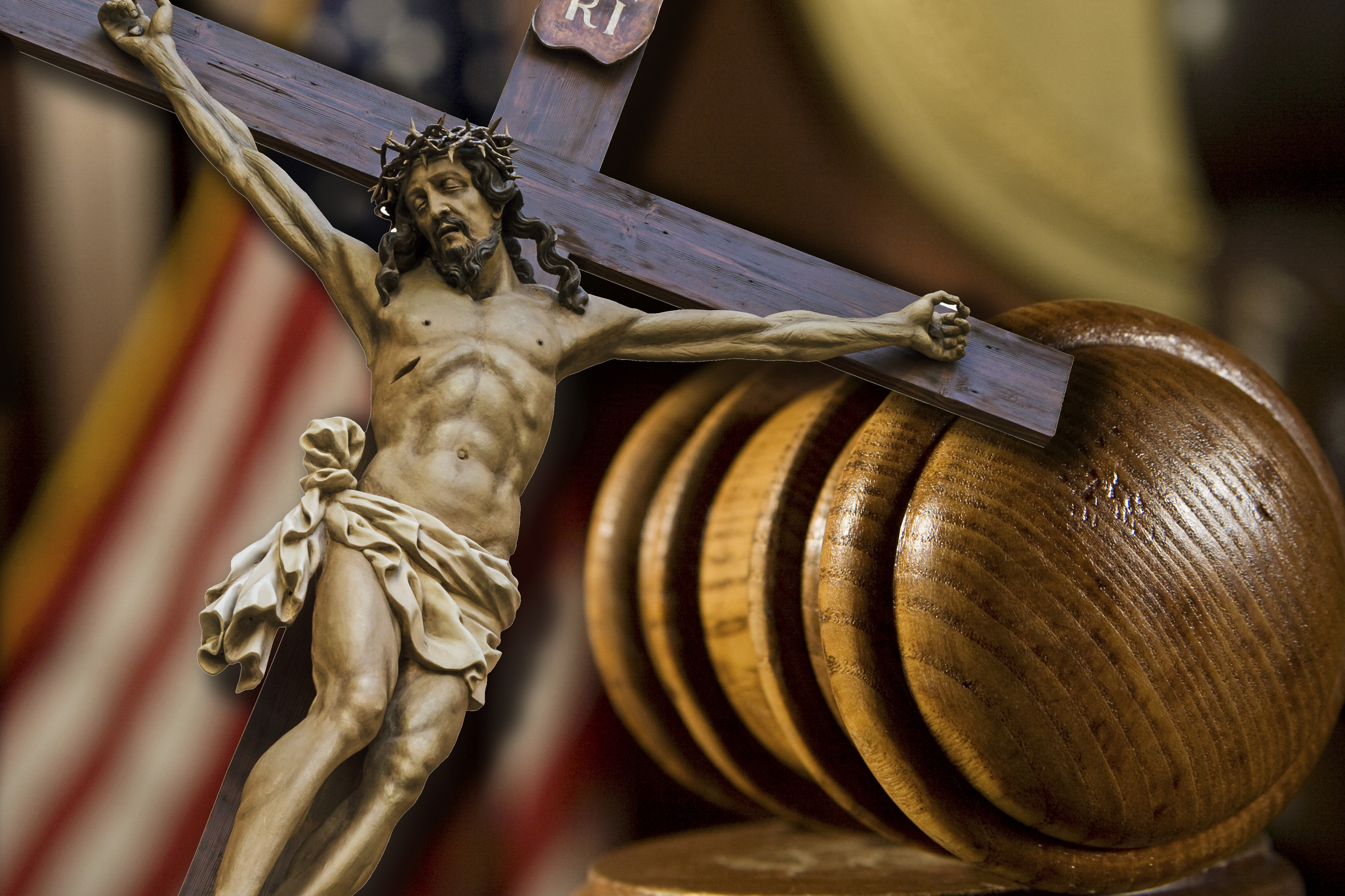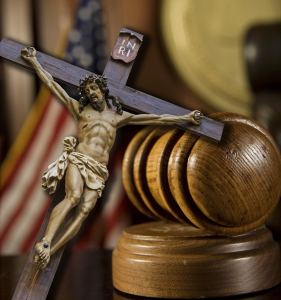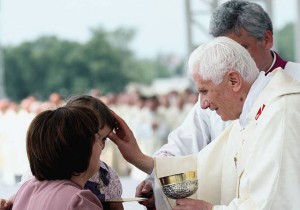
We have all be moved and shaken by the Pope’s resignation. And yet it is remarkable to consider that he is 85 years old. How many 85 year olds are working at all, let alone trying to shepherd a worldwide Church of over a billion souls with the expectation of a “jet-set” Papacy and almost daily public exposure.
Yes, it is a remarkable thing to ask of an 85 year old. Age has its burdens. And while I have never been 85, I have walked with many who have come to experience that age has its glorious moments but also it grueling ones. A good priest friend of mine finally had to leave a rectory he loved because, at 85, he can no longer ascend the stairs.
Yes there is something about aging. It is painful, but it is also poignant and beautiful if we accept it. There is a kind of gentle letting go that God effects in us as we age. Little by little we hand things back to God and learn to depend on him more, and those he sends us. To be sure, I am aware that old age is not easy, but there is something strangely beautiful about what God does in old age if we are willing to see and accept it.
One of the more beautiful passages in the Old Testament is the 12th Chapter of Ecclesiastes. It is a melancholy but soulful meditation on old age. It’s poetic imagery is masterful as it draws from the increasingly difficult effects of old age such as hearing loss, fading eyesight, difficulty walking, digestive issues, even gray hair. I have presented this reflection here before, but it occurs to me to present it anew in the wake of the Pope’s gentle admission that his physical and mental strength is failing.
Consider then this passage from Ecclesiastes and then some line by line commentary from me.
Remember your Creator in the days of your youth, before the evil days come And the years approach of which you will say, I have no pleasure in them; Before the sun is darkened. and the light, and the moon, and the stars, while the clouds return after the rain; When the guardians of the house tremble, and the strong men are bent, And the grinders are idle because they are few, and they who look through the windows grow blind; When the doors to the street are shut, and the sound of the mill is low; When one waits for the chirp of a bird, but all the daughters of song are suppressed; And one fears heights, and perils in the street; When the almond tree blooms, and the locust grows sluggish and the caper berry is without effect, Because man goes to his lasting home, and mourners go about the streets; Before the silver cord is snapped and the golden bowl is broken, And the pitcher is shattered at the spring, and the broken pulley falls into the well, And the dust returns to the earth as it once was, and the life breath returns to God who gave it. Vanity of vanities, says Qoheleth, all things are vanity! (Ecclesiastes 12:1-8)
And now, if you will, some commentary on each verse. My comments are in red:
1. Remember your Creator in the days of your youth, before the evil days come And the years approach of which you will say, I have no pleasure in them –
We are advised to give thanks to God for the vigor of youth for “evil” days will come. Here evil does not mean evil in the sense of “sinfully evil.” Rather, evil here means the days that are difficult and bad, days that bring challenge and pain.
We might want to be thankful for living in the modern age since the burdens of old age are far less than in the ancient world. Consider all the medicines and helps that make aging less difficult. Pain medicines alleviate arthritis, calcium supplements help with osteoporosis, blood pressure meds help prevent stroke and partial paralysis, motorized scooters help mobility, eye glasses and hearing aids improve our ability to interact and so forth.
But most all of this was missing in the ancient world. Age brought increasing and cumulative burdens so that our author says regarding these days, “I have no pleasure in them.”
2. Before the sun is darkened. and the light, and the moon, and the stars, while the clouds return after the rain – Here is a poignantly poetic description of eyesight going bad. The light darkens, stars and moon are less visible (perhaps blurry) and the clouds of cataracts begin to afflict the elderly.
3. When the guardians of the house tremble, and the strong men are bent, And the grinders are idle because they are few, and they who look through the windows grow blind –
The “guardians of the house” are the biblical reference to our arms, and they start to tremble with the tremors common to old age even without Parkinson’s disease.
The “strong men” are the legs, and they are bent, less able to carry the weight of the body, Bent also indicates the legs when we are seated, unable to walk.
The “grinders” are the teeth and they are few! We have better dental health today, but then, it was common for the elderly to have lost many if not most of their teeth. This made it difficult to eat, requiring food to be mashed.
The image of an elderly person sitting in a window looking out but growing blind is surely sad, but also vivid. I remember my Grandmother in her last years. She could no longer read much because her eyes were bad and her mind could not concentrate on the text. So she sat for hours and just looked out the window.
4. When the doors to the street are shut, and the sound of the mill is low; When one waits for the chirp of a bird, but all the daughters of song are suppressed –
The “doors to the street” are the tightly compressed lips common to the very elderly, especially when teeth are missing. This also depicts how many of the elderly stop talking much. Their mouths are shut tight.
The sound of the mill may be another reference to chewing. Many of the elderly lose their appetite. One the psalms says regarding the elderly “I moan like a dove and forget to eat my bread” (Psalm 102:4).
Waiting for the chirp of the bird may be a reference to the silence of the elderly but it may also be a reference to deafness of the elderly who can no longer hear the singing and chirping of the birds. Something the young take for granted.
5. And one fears heights, and perils in the street; When the almond tree blooms, and the locust grows sluggish and the caper berry is without effect, –
Walking is difficult and treacherous and requires great effort for many of the elderly. Whereas the young may not think twice about a flight of stairs, the elderly may see them as insurmountable. Perils in the street like loose or upturned stones cause fear since a fall for the elderly can be devastating. They may also not be able to get up if they fall.
The almond tree blooming is a symbol for gray hair since almond trees had white blooms. The caper berry had several uses in the ancient world. It was an appetite stimulant, an aphrodisiac, it also was used to treat Rheumatism! But in old age, it would seem that the desired effects are hard to come by.
6. Because man goes to his lasting home, and mourners go about the streets; Before the silver cord is snapped and the golden bowl is broken, And the pitcher is shattered at the spring, and the broken pulley falls into the well, And the dust returns to the earth as it once was, and the life breath returns to God who gave it. –
And finally death comes, as symbolized by the mourners in the street, the silver cord, the golden bowl, symbols of life now snapped and broken.
The broken pitcher symbolizes that the body no longer contains the soul.
The pulley, a device used to lift is now broken, indicating that the body too will no longer rise from its place but falls into the well of the grave.
And we return to the dust and the soul goes to God.
7. Vanity of vanities, says Qoheleth, all things are vanity! – In the end, all things pass. Nothing remains. Since all things are to pass they are vain (empty). The physical world is less real than the spiritual for the physical passes but the spiritual remains. Since you have been raised to new life with Christ, seek the things that are above, where Christ is seated at God’s right hand (Col 1:3)
A sad but powerfully beautiful description of old age and of the dignity of the elderly.
I have often shared it with the very elderly and those who are suffering the ill effects of old age. I remember reading it slowly to my Father as he lay dying in his hospital room. He could no longer talk much. But as I read it to him I saw him nod and raise his hands as if to say “Amen!” Almost too as if he meant to say, “Somebody understands, God understands.”
Perhaps you also know an elderly person who could benefit from this passage. I know it is sad and not everyone is in a place where they can hear such a stark and sad description. But some are in that place where they can derive peace as God, through his word, says He knows exactly what they are going through.
Perhaps too this reflection helps to understand what Pope Benedict is saying about experiencing his limits.
Here are a couple of videos I put together on the Pope a couple of years ago. Once celebrates his world travels to the Tune by Johnny Cash “I’ve Been Everywhere.” The other celebrates the photogenic quality of Pope Benedict to the tune “Get my Picture Took with You”



